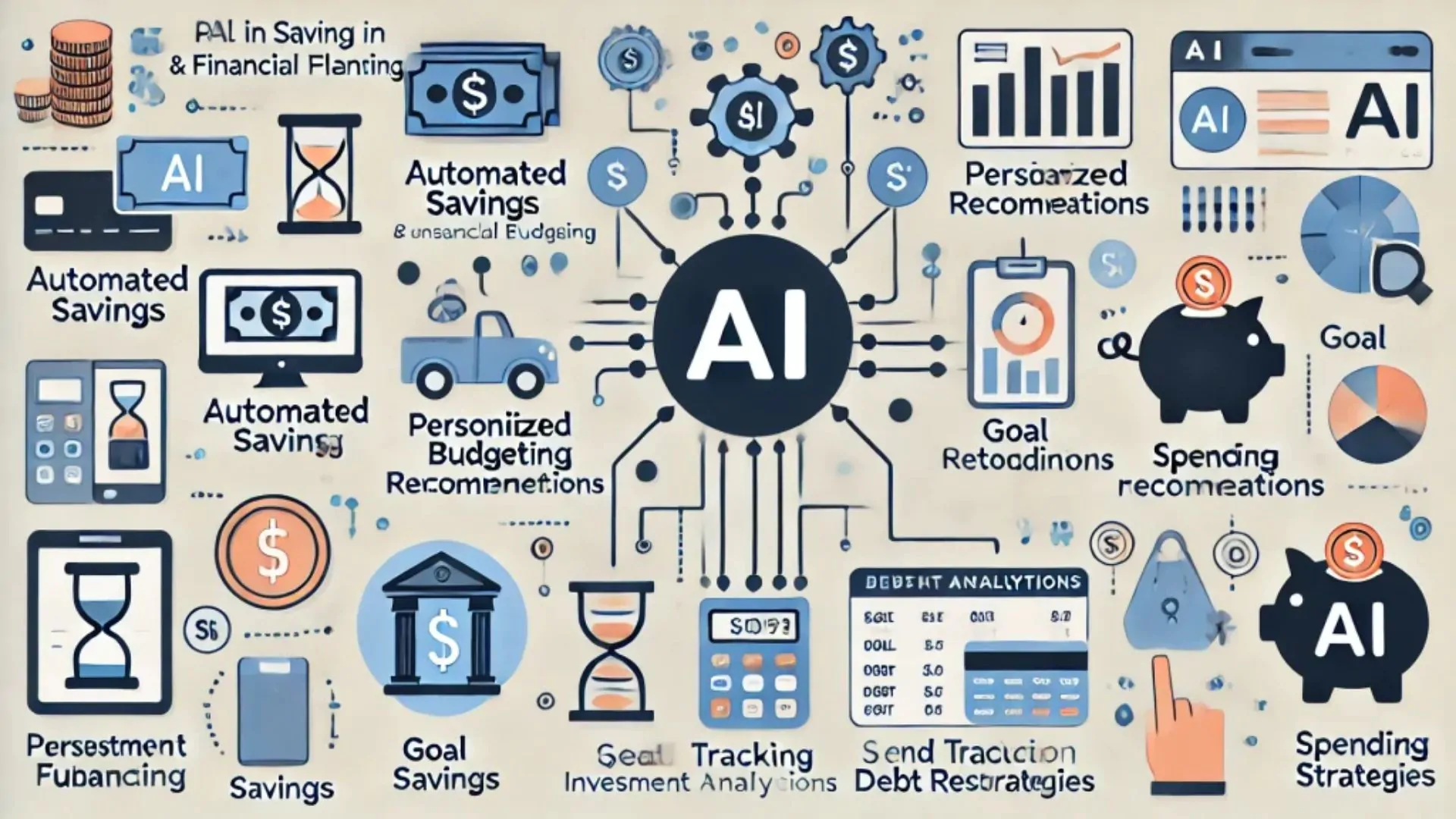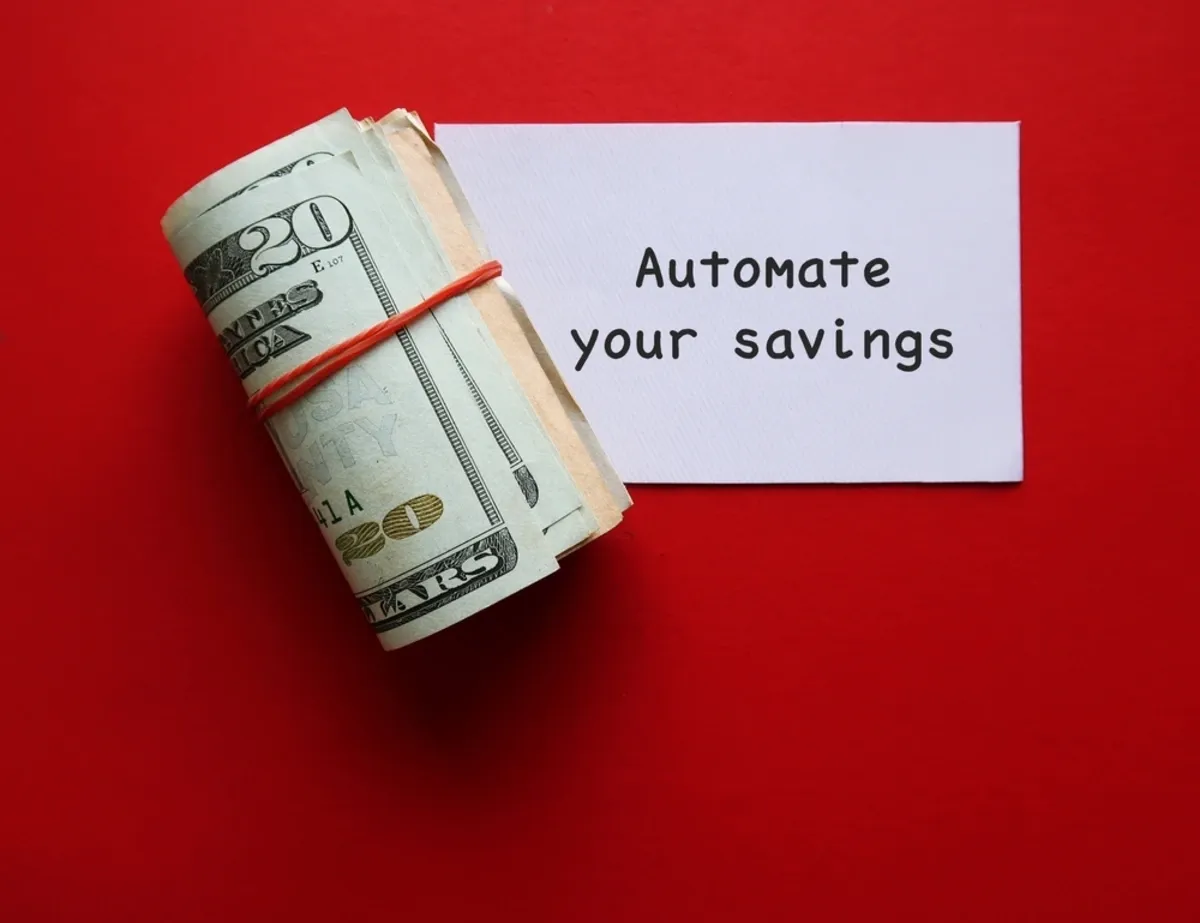💡 Introduction: Why You’re Still Struggling With Money
Do you ever wonder where your money disappears each month — even after trying to “budget”?
You’re not alone. Most people create a rough plan, then guess where the rest of their income should go. The problem isn’t that you’re bad with money — it’s that your budget lacks purpose.
That’s where the Zero-Based Budget comes in. This powerful budgeting method flips traditional planning on its head. Instead of “estimating” what’s left, you give every dollar a specific job — from groceries to savings.
By the end of this guide, you’ll know exactly how to create, maintain, and master a zero-based budget to finally stop guessing and take control of your finances.
🧭 What Is a Zero-Based Budget?
A Zero-Based Budget (ZBB) means your total income minus total expenses equals zero.
That doesn’t mean you have no money — it means every dollar has a plan.
| Concept | Traditional Budget | Zero-Based Budget |
|---|---|---|
| Focus | Estimate & adjust | Assign every dollar |
| Leftover money | “Extra” or unplanned | Must be allocated |
| Goal | Track spending | Control spending |
| Benefit | General awareness | Full accountability |
With a Zero-Based Budget, you plan your entire income down to the last dollar — bills, groceries, investments, savings, and even fun money. The idea is simple: if your income is $3,000, your budget categories must total $3,000.
This method brings clarity and control, allowing you to see exactly where every cent goes.
💰 Why the Zero-Based Budget Works
Most budgeting methods fail because they focus only on cutting costs — not on understanding spending behavior. The Zero-Based Budget changes that by creating awareness and structure.
🔹 1. You Become Intentional
You decide in advance where your money goes — no more “I’ll figure it out later.”
🔹 2. You Build Financial Discipline
When every dollar has a purpose, impulsive spending decreases.
🔹 3. You Increase Savings Automatically
Saving becomes a line item, not an afterthought.
🔹 4. You Gain Confidence
By assigning roles to each dollar, you take full command of your cash flow.
💬 Think of it as your personal financial GPS — guiding every move toward your goals.
🧾 How to Create a Zero-Based Budget (Step-by-Step)
Follow these simple, repeatable steps to set up your own ZBB today.
Step 1: Calculate Your Monthly Income
List every income source:
- Salary (after tax)
- Freelance work or side hustle
- Rental or passive income
Example:
If your take-home pay is $3,500 and you earn $500 freelancing, your total monthly income is $4,000.
Step 2: List All Monthly Expenses
Write down everything you spend money on:
- Rent or mortgage
- Utilities and groceries
- Transportation
- Subscriptions
- Debt payments
- Savings and investments
💡 Tip: Check your bank statements for hidden recurring payments.
Step 3: Assign Every Dollar a Job
Match your expenses to your income until you reach zero.
| Category | Planned Amount ($) |
|---|---|
| Rent | 1,200 |
| Groceries | 400 |
| Utilities | 200 |
| Transportation | 300 |
| Savings | 400 |
| Debt repayment | 300 |
| Entertainment | 150 |
| Emergency fund | 200 |
| Miscellaneous | 50 |
| Total | 4,000 |
See? Every dollar is accounted for no leftover, no guesswork.
Step 4: Track and Adjust Weekly
Use a budgeting app or spreadsheet to track spending.
If you overspend in one category, move funds from another — just keep the total at zero.
Step 5: Review Monthly
At the end of each month:
- Analyze where you overspent
- Identify unused funds
- Refine your next month’s plan
This continuous improvement builds financial awareness and accountability.
🧩 Zero-Based Budget vs. Traditional Budget: Which Is Better?
| Aspect | Zero-Based Budget | Traditional Budget |
|---|---|---|
| Focus | Purpose-driven planning | Estimating monthly costs |
| Flexibility | Dynamic and adaptable | Often static |
| Savings | Pre-planned in budget | Based on leftovers |
| Clarity | Complete transparency | Partial awareness |
| Best for | People seeking control | Casual money managers |
✅ Verdict: The Zero-Based Budget wins if you want to end financial chaos and build savings consistently.
💼 Zero-Based Budgeting for Beginners: Tips That Work
🔸 Use Budgeting Apps
Apps like You Need a Budget (YNAB), EveryDollar, or Mint make ZBB tracking easy and visual.
🔸 Include Irregular Expenses
Plan for annual costs (insurance, holidays, etc.) by saving a small portion monthly.
🔸 Review and Adjust Regularly
Life changes — so should your budget. Review every 30 days.
🔸 Prioritize Needs Over Wants
Be honest about what’s necessary. Ask, “Does this expense move me toward my goal?”
🔸 Build Your Emergency Fund
Allocate at least 5–10% of income monthly until you have 3–6 months of expenses covered.
🌱 Real-Life Example: How Sara Took Control
Sara earned $3,200 monthly but constantly felt broke. She started using the Zero-Based Budget:
- She planned every expense upfront.
- She cut unnecessary subscriptions.
- She created a $500 emergency fund in 2 months.
After 6 months, she saved over $2,000 and finally felt in control.
📈 The key? She gave every dollar a purpose.
🧮 Tools & Templates to Simplify Your Zero-Based Budget
| Tool Type | Purpose | Recommendation |
|---|---|---|
| Spreadsheet | Custom setup | Google Sheets Zero-Based Template |
| Mobile App | Real-time tracking | YNAB, EveryDollar |
| Envelope System | Physical budgeting | Cash envelopes for groceries or dining |
| AI Planner | Automation & analysis | EliteEraTrends AI Budget Planner |
💡 Common Mistakes to Avoid
- Forgetting irregular expenses — Always plan for occasional costs.
- Being too rigid — Budgets should adapt, not punish.
- Not tracking — Budgeting without tracking = guessing.
- Ignoring small expenses — Little leaks sink big ships.
- Skipping savings goals — Make saving part of your system.
📘 Benefits of the Zero-Based Budget
🎯 Clear Financial Vision
You see exactly where your money goes every month.
💸 Controlled Spending
No surprises, no guilt — just structured financial confidence.
🧱 Builds Long-Term Wealth
By prioritizing savings and debt payments, you create a foundation for financial independence.
🌍 Works for Everyone
Whether you’re a student, entrepreneur, or parent — ZBB adapts to your lifestyle.
🤖 How AI Can Help You Budget Smarter
With modern AI automation tools, budgeting can be effortless:
- Auto-track spending
- Categorize expenses
- Predict upcoming bills
- Optimize savings goals
💡 Try our AI Automation agency to integrate smart financial tools and make your company — or your wallet — grow faster!
👉 💡 Try our AI Automation agency here to make your company grow!
❓ FAQ: Zero-Based Budget Explained
1. What is the main idea of a Zero-Based Budget?
The Zero-Based Budget ensures every dollar of your income is assigned a purpose — so income minus expenses always equals zero.
2. Is a Zero-Based Budget hard to maintain?
Not at all! Once set up, it’s easy to manage with budgeting apps or templates. Consistency is key.
3. Can I still enjoy fun money with a Zero-Based Budget?
Absolutely. You can budget for entertainment — just plan it in advance.
4. How is Zero-Based Budget different from the Envelope System?
The envelope system is a cash-based tool for controlling spending. The Zero-Based Budget is a complete financial strategy that includes digital tools and planning.
5. What’s the biggest benefit of Zero-Based Budgeting?
It gives you total control and financial clarity, helping you save more, pay off debt, and reach long-term goals faster.
✨ Final Thoughts
Budgeting doesn’t have to feel like a restriction — it’s freedom.
The Zero-Based Budget teaches you to be intentional, responsible, and confident about your money. No more “Where did it go?” moments.
When you plan every dollar, you take command of your financial future.
Start today — and let your money finally work for you.













Leave a Reply